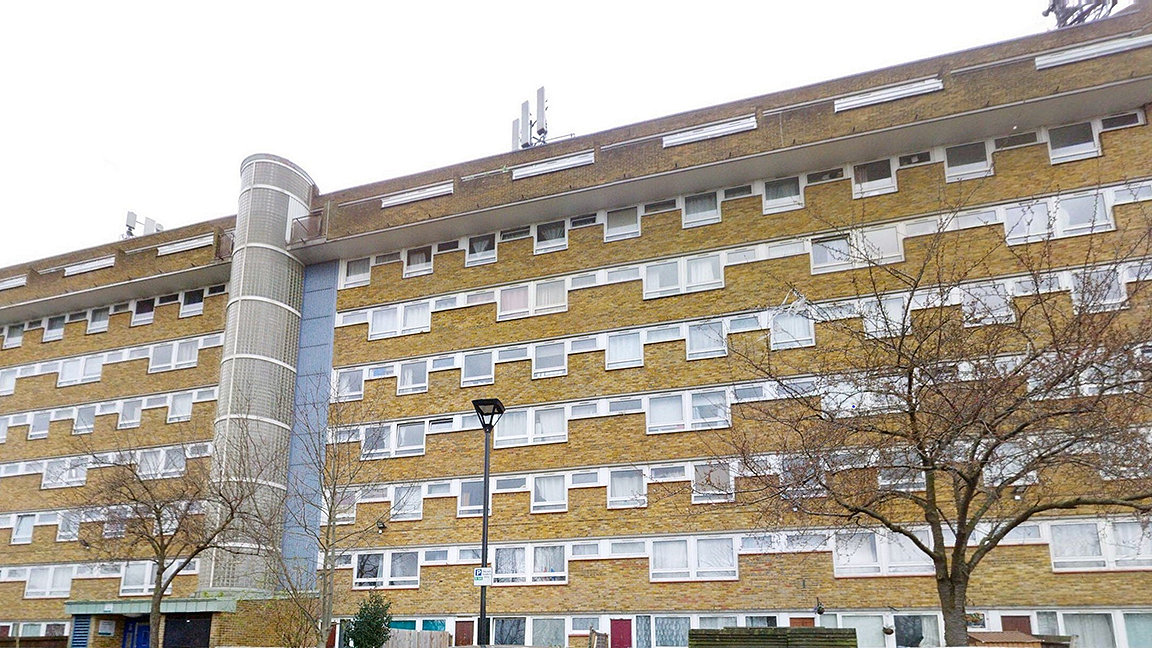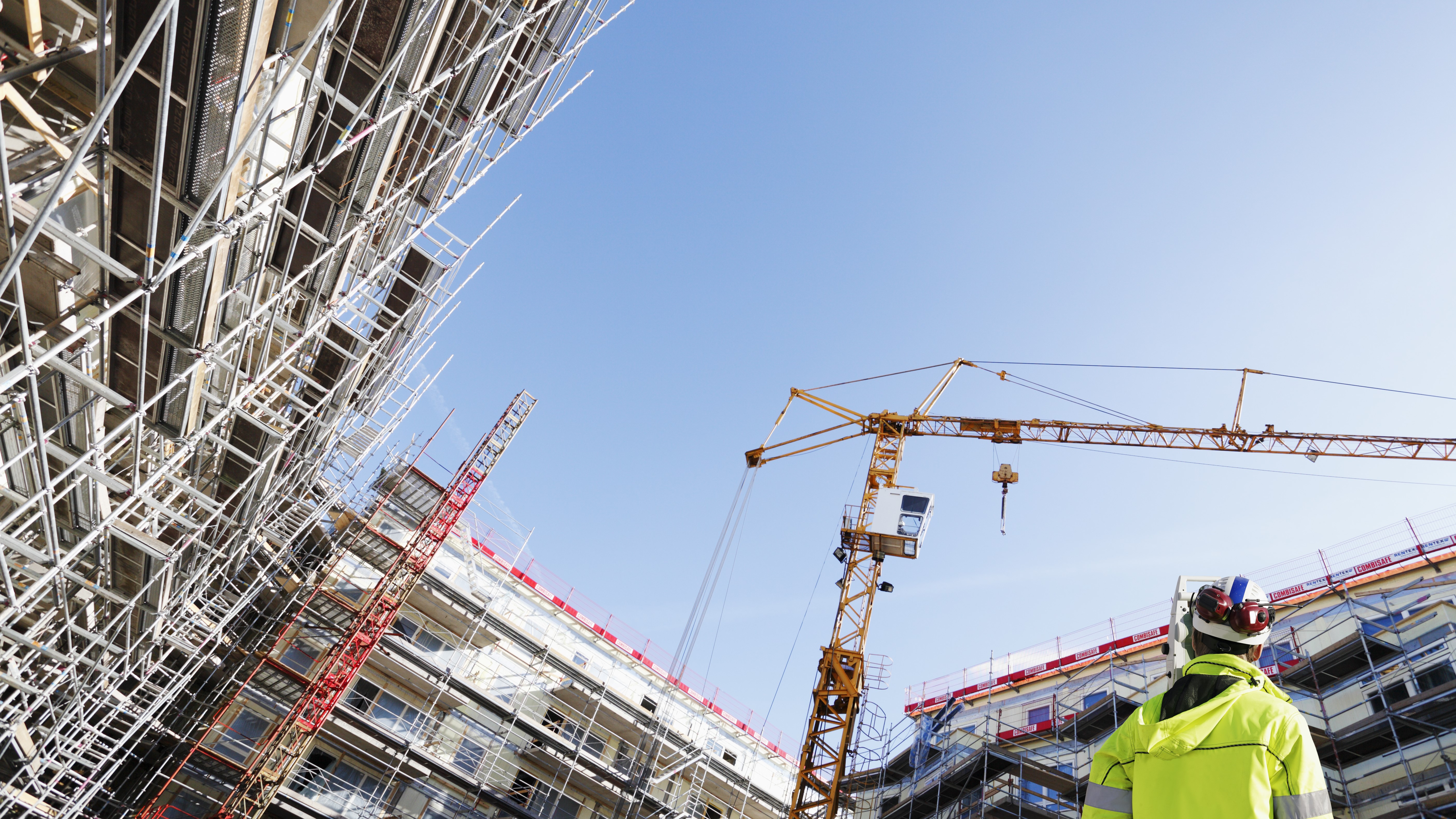
Andoversford Court, Peckham © ThreeDay Group
In 2020, staff at the London Borough of Southwark and local residents were the stars of the Channel 4 documentary Council House Britain. For those who work in the built environment, the programme reminds us of an important lesson: managing buildings successfully, especially housing, depends on reaching out to residents, colleagues and partner organisations.
This lesson is also at the heart of the forthcoming Building Safety Bill, and it underpins the approach that we are taking at Southwark Council.
Since the Grenfell Tower fire in June 2017, the government has been seeking to legislate on building safety, with the most consequential changes being the current bill and the Fire Safety Act 2021.
Southwark has 171 high-rise blocks of 18m or taller, a larger number than any other English social landlord. We are also the landlord for more than 3,500 residential buildings that require a fire risk assessment. Due to this large stock, the new laws present us with a significant challenge.
Safety programme across four departments
Our response is a building safety programme that comprises 12 workstreams across four council departments. The programme reports to a strategic board, made up of directors from across the council, and is chaired by the council's strategic director for housing and modernisation.
Central to the programme is the principle highlighted above: that while there is a technical aspect to building safety, we must also reach out to others and develop an understanding of human behaviour and experience in our blocks.
Under the Building Safety Bill, we will need to assemble safety cases for each of our high-rise blocks. Meanwhile, the 2021 Act requires our fire risk assessments to cover more aspects of the building – namely external walls and flat entrance doors – than under existing legislation.
Programme prioritises home structure
To meet these requirements, we are establishing a priority surveying programme. For this, we will be working with consultants, including chartered fire engineers, to conduct surveys of our high-rise blocks. These comprehensive surveys will include type 4, intrusive fire risk assessments (FRAs), as well as external wall surveys and reviews of structural and stock data. Given the size of our stock, we expect this programme to take up to four years.
FRAs always need to cover communal areas of the building. However, we believe that a comprehensive approach to building safety requires us to look inside homes too. This is why we have selected type 4 FRAs so that, among other findings, we will learn more about the compartmentation in residents' homes.
Although we have two-dimensional drawings of high-rise blocks, as we review this stock data we are also trialling the use of three-dimensional modelling. We are also using the review to zone critical areas of the building to underpin our permit to work scheme, which will allow us to undertake high-risk proposals safely.
Block targeted for pilot surveys
Before we commence with the priority surveying programme, we have been conducting pilot surveys at Andoversford Court in Peckham. We chose this block in particular for the first surveys because it is a high-rise with characteristics that require further attention, such as a maisonette layout.
The pilot surveys have enabled us to test our approach, both for the surveys themselves and for engaging with residents, and to learn lessons for our priority programme. For example, we are testing the use of 3D Modelling so we can decide whether we should use this approach for other blocks.
'Before we commence with the priority surveying programme, we have been conducting pilot surveys at Andoversford Court in Peckham'
Engaging with residents
Several workstreams in our building safety programme also allow us to engage with residents and understand their experiences.
Our resident participation workstream is engaging with occupants in each of our blocks across the borough. We are testing our approach for this at Andoversford Court, delivering letters and frequently asked question forms to the residents. We also called and texted residents, and visited blocks to arrange survey appointments for flats.
This has been successful, as we met the 10% sample of flats required for the FRAs, while our consultants were able to survey up to 15 flats a day for the three-dimensional modelling.
However, effective engagement must go further than this. We need to give residents the chance to have a meaningful influence on the way the safety of their buildings is managed.
For the pilot surveys, we have used questionnaires and live Q&A sessions, and also attended our tenants' and homeowners' forums. The feedback we have received from these has shaped the approach we are taking. For example, we have edited and changed some of our communication materials after receiving comments from residents.
We also work with tenant management organisations (TMOs), which give local residents more responsibility for managing their buildings. For our pilot surveys, we have worked closely with the Gloucester Grove TMO, collaborating with residents of that block to develop our engagement strategy.
Our future plans include creating a panel of residents who will be consulted on a range of building safety matters, discussing the possible use of 3D modelling with them, and working with the London Fire Brigade (LFB) to arrange shared messaging and events.
Focus on data and engagement
Another part of the safety programme is the data systems workstream. For this, we want to bring together data about our buildings from different sources and display it on a dashboard.
The dashboard will be accessible and easy to understand, to give residents a better understanding of their buildings. This will be another key part of our approach to encourage their participation in the programme. The dashboard will also allow us to share data more readily within our organisation and with partners such as the LFB.
Next, under our recruitment, training and skills workstream, we are reaching out to colleagues across the council. This will begin with engagement sessions to explain more about the new safety requirements, our programme and the ways we need to work together as a local authority.
Managers and their teams will be asked to co-design personalised learning and development plans. This will allow them to choose ways to meet their aspirations, such as being able to progress to a new role, while also improving the capacity and skills of our organisation.
Similarly, our stakeholder engagement workstream allows us to reach out to partners such as the LFB, Health and Safety Executive (HSE), and Department for Housing, Levelling Up and Communities. By working with these organisations we can develop a better understanding of the new requirements, and we can also give feedback to decision-makers. For example, we are working with the HSE on its policy design trial for building safety cases.
As we conclude and review our pilot surveys over the next month – and the Building Safety Bill is passed by Parliament – we will continue to adapt and improve our approach to building safety. However, whatever the future of building safety holds, we will continue to remember that we will only be successful by reaching out to others.
Desmond Vincent MRICS is building safety lead at the London Borough of Southwark
Contact Desmond: Email
Simon Holmes is head of engineering at the London Borough of Southwark
Contact Simon: Email
Related competencies include: Communication and negotiation, Data management, Legal/regulatory compliance

